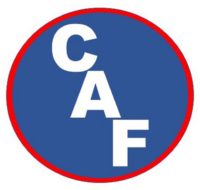If you are learning CAF and are comfortable knowing how not to damage a CAF System, operating the CAF system will do not harm – so a good way to learn all about CAF is to get out and “Play With It & See” what it does and does not do.
Water (W) + Concentrate (Conc) (=Sol) + Air (A) + Agitation (A) = FOAM.
Foam is Bubbles and Bubbles is Water!!!
Do not change the formula* but you can change the input parameters.
W (Water) – play with the volume and pressure adjustment: what does it do for CAF? What affect does it have on hose kinks (CAF)?
CAUTION: It is not recommended increasing the CAF pressure above that recommended in the Basic CAF section due to the high nozzle reaction and possibility of a lose nozzle or blown hose reaction
CONC (Concentrate) – Adjust the % – start with the recommendations and go up or down from there. Will it get too low to make foam or does it make better foam @ higher %’s? Or, are you just wasting concentrate? It’s never wasting when learning is involved. What happens at the nozzle if the concentrate goes low enough that the solution is too weak to make foam? Hint: Hold the nozzle tight (Slug flow is very uncomfortable).
A (Air) – what is the outcome by adding more or less air? Does it change to Fluid Foam? Too litle air results in spraying solution.
*A (Agitation) – what happens if you don’t agitate adequately? This is one adjustment to the above formula – you can stop the agitation and see what happens. Does it scrub the liquid and air into bubbles? Is the hose length adequate to scrub the bubbles?
What does CAF really do with a Fog Nozzle? Find out before a real fire.
Play With It & See!!!
Ask if you are not sure!!
And if you find that something better than our Basic Recommendations works for your department, let us know.

































